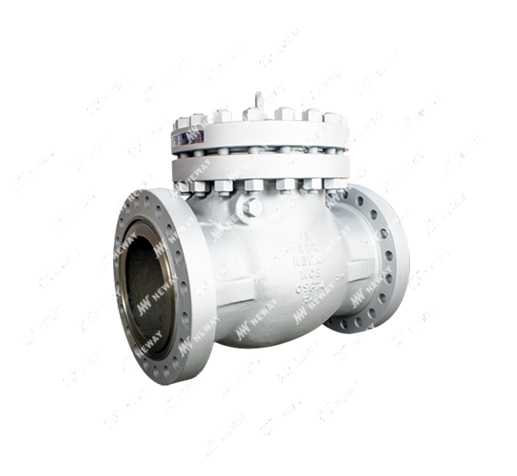Neway Valve offers a broad selection of swing type check valve solutions designed to prevent backflow while meeting rigorous industrial specifications. This article examines key considerations for selecting swing type check valves and highlights how Neway Valve’s product range aligns with these operational needs.
Design Considerations for Swing Type Check Valves
Engineers typically evaluate swing type check valve performance based on flow characteristics, hinge-pin configuration, and end connections. Swing type check valve designs with internal or external hinge pins influence maintenance access and flow obstruction; external hinge pin designs generally simplify servicing without removing the valve from the line. Pressure rating compatibility—ranging from ASME Class 150 to 4500 (PN16 to PN760)—is essential to ensure system integrity under expected operating conditions. Body material selection, including carbon steel, stainless steel, alloy steel, duplex stainless steel, low-temperature steels, nickel-base alloys, and titanium alloys, determines corrosion resistance and suitability for temperature extremes. End connections such as RF, BW, and RTJ affect both sealing performance and installation methods, and matching the correct flange or butt-weld detail is critical for reliable operation.
Application and Operational Benefits of Neway Valve‘s Swing Check Valve Range
In real-world applications, swing type check valve installations benefit from additional control accessories that reduce water hammer and allow for controlled closing. Neway Valve’s swing check valve portfolio supports both internal and external hinge pin types and offers external control devices including damping, locking, and manual override to enhance safety and operational flexibility. Sizes from NPS 2″ to 64″ (DN50 to DN1600) enable use across utilities, petrochemical plants, power generation, and water treatment systems. Selecting the appropriate body material and pressure rating ensures long service life and compliance with industry standards while properly matched end connections simplify integration into existing piping.
In conclusion, specifying the correct swing type check valve requires attention to hinge configuration, materials, pressure class, and end connections. Neway Valve’s comprehensive range of swing type check valves, accessory options, and size coverage positions the company as a practical choice for projects demanding dependable anti-backflow performance.


